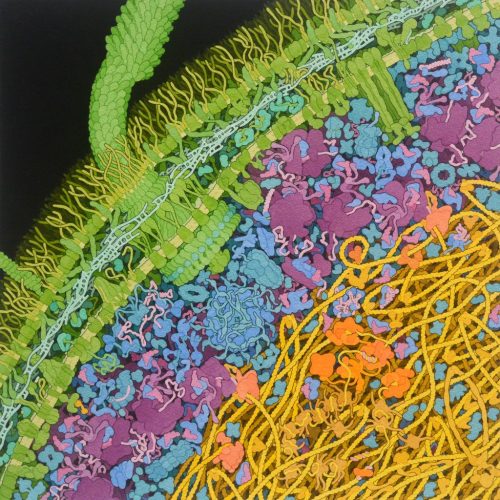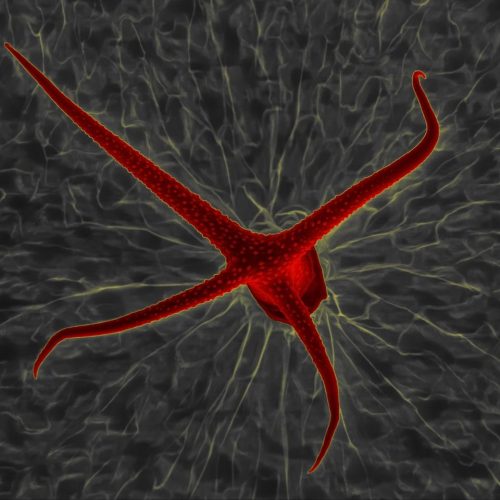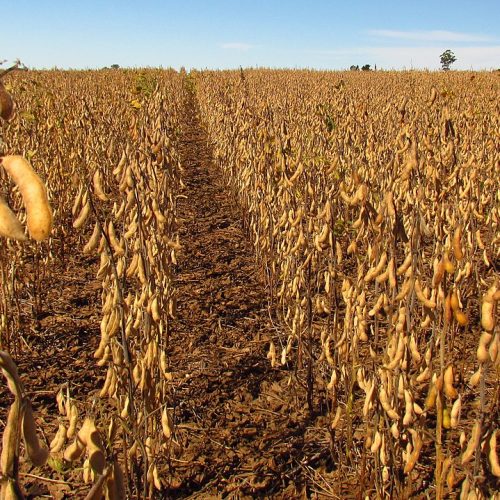Genetic transfer between bacteria is one of the most common types of horizontal gene transfer found in nature. It is how bacteria learn to adapt and form resistance against extreme environments, including antibiotics that humans use to combat them. The methods used can vary, whether direct gene copying and trading through bacterial conjugation (“cell sex”) or the release of specific genes as plasmids into the environment at large for other bacteria to pick up and incorporate into their own genomes.
For other organisms in symbiotic relationships with bacteria, especially involving plants, gene transfer can also occur quite commonly between them, passing through the kingdom of life barrier. Two recent publications together showcased how the reefs affected by coral bleaching, an event that occurs due to increased ocean temperatures and acidification that results in the coral species uprooting and expelling their algal symbionts[1], have started to adapt by incorporating new symbiotic eukaryotes that are also heat-tolerant and give the coral itself resistance to climate change-induced temperatures.
The first was published on April 19th in The ISME Journal and is titled “Exploring the Symbiodinium rare biosphere provides evidence for symbiont switching in reef-building corals”, which discovered that corals are not limited only to the symbionts they obtain early in life as previously thought. After the bleaching has occurred, the study showed two separate instances of corals obtaining a new batch of symbionts from the surrounding environment, ones that had higher heat-tolerance that they could confer to their host. This implies that coral reefs have far higher flexibility in dealing with changes in their environment than prior knowledge connoted, though the relative rarity of this occurrence could still mean that temperatures and acidity are changing too fast for most of the coral to adapt properly.[2]
The second paper was published three days later on the 22nd in the same journal and, while it dealt specifically with bacteria and not corals, its conclusions are heavily involved with the findings just discussed. Titled “A mobile genetic element profoundly increases heat resistance of bacterial spores”, it produced data that demonstrated how genes involved in heat tolerance in bacteria, specifically spoVA genes, were mobile elements that moved around the genome and were therefore much more susceptible to transfer to other bacteria during conjugation and as a packaged plasmid. The paper also drew up an evolutionary history for how the genes involved had spread through many different bacteria, similar to how heat tolerance genes were able to enter the genome of a subset of coral algae and be taken up by corals in a reef seeking new symbionts.[3]
Combine that with other recently published evidence of both communication and genetic modification of coral and its bacteria by each of the pair and it seems like the relationship within coral reefs is deeper than was imagined.[4] As a Science Daily article put it, the coral reefs may be saved by their own “promiscuity” between themselves and their different algal symbionts.[5] All in all, this is excellent news for the health and well-being of the coral reefs around the world, the idea that at least some of them may be able to adapt to drastic environmental changes through gene sharing, but the evidence also suggests that those that potentially survive will be few and far between. So, even with this boost to our knowledge of the world’s ecosystems, we will still need to work each and every day to mitigate the effects on both the oceans and on land of the activities that we humans undertake.
For a better world and a better future.
References
- National Ocean Service. 2016 Mar 17. What is coral bleaching? National Oceanic and Atmospheric Administration; [accessed 2016 May 5]. http://oceanservice.noaa.gov/facts/coral_bleach.html
- Boulotte NM, Dalton SJ, Carroll AG, Harrison PL, Putnam HM, Peplow LM, van Oppen MJ. 2016. Exploring the Symbiodinium rare biosphere provides evidence for symbiont switching in reef-building corals.The ISME Journal [accessed 2016 May 5]; :1–9. http://www.nature.com/ismej/journal/vaop/ncurrent/full/ismej201654a.html
- Berendsen EM, Boekhorst J, Kuipers OP, Wells-Bennik MH. 2016. A mobile genetic element profoundly increases heat resistance of bacterial spores.The ISME Journal [accessed 2016 May 5]; http://www.nature.com/ismej/journal/vaop/ncurrent/full/ismej201659a.html
- Ding J-Y, Shiu J-H, Chen W-M, Chiang Y-R, Tang Sen-Lin. 2016. Genomic Insight into the Host–Endosymbiont Relationship of T Endozoicomonas montiporae CL-33 with its Coral Host.Frontiers in Microbiology [accessed 2016 May 5]; 7:1–16. http://journal.frontiersin.org/article/10.3389/fmicb.2016.00251/full
- Science Daily. 2016 Apr 20. Promiscuity may help some corals survive bleaching events.Science Daily. [accessed 2016 May 5]. https://www.sciencedaily.com/releases/2016/04/160420111139.htm
Written by: Sterling Ericsson
Word Count: 594
Type: News Bite





